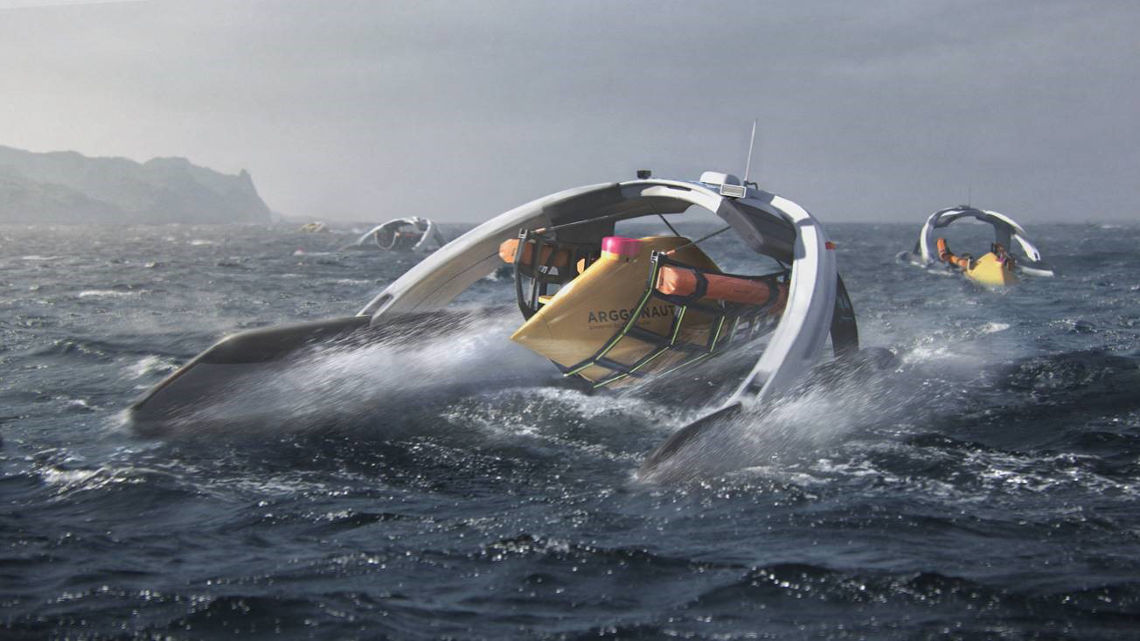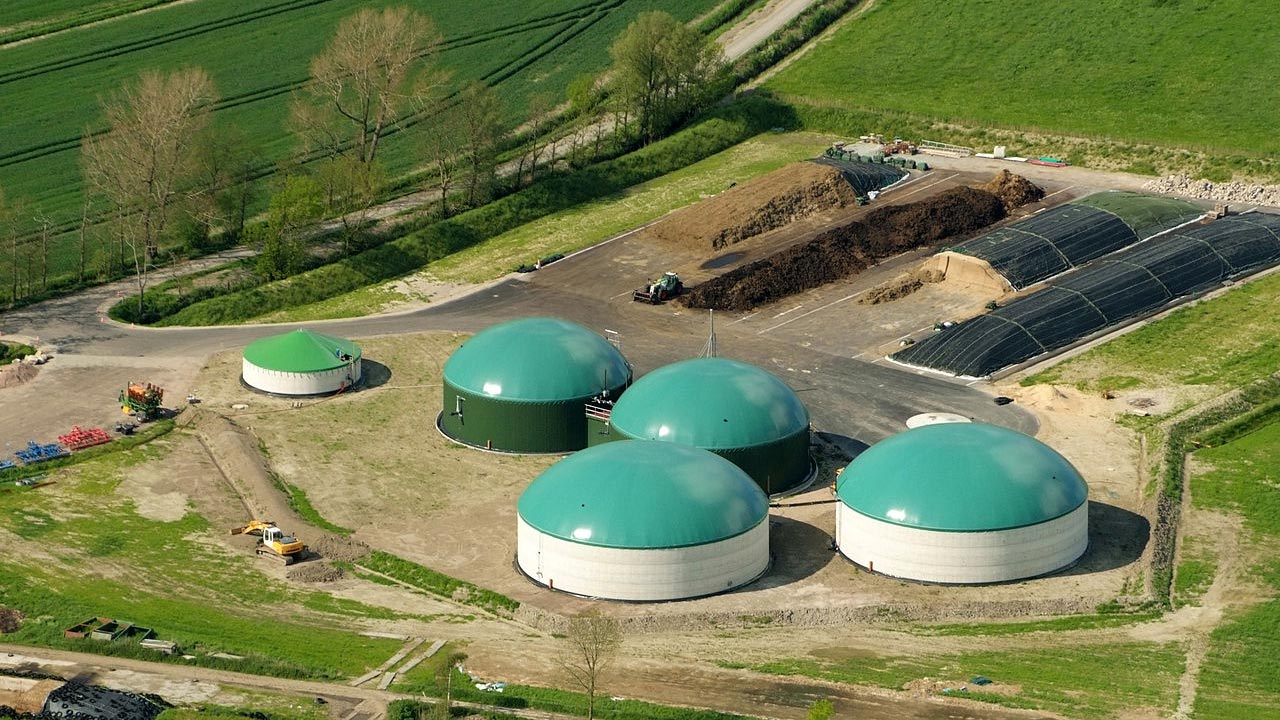Mapping ocean floors in 3D
The muli-million-dollar global XPRIZE competition to explore and map the ocean floors has reached its semi-finals. Still on board is the German team "Arggonauts".

It is a high-tech-technology prize with ambitious goals: The XPRIZE Foundation instigates international high-profile prize competitions in order to inspire individuals, companies and organizations to develop innovative ideas and technologies that benefit humanity. The Shell Ocean Discovery XPRIZE is a three-year global competition offering 7 million US-dollars to that team, which develops new ways to map the ocean floor at depths and resolutions that have never been achieved before. To that end the teams are developing innovative deep-sea robots that will create 3D maps of the ocean floor in unprecedented detail to help advance ocean exploration. Out of 21 semi-finalists, only four European teams, including only one German team remain in the competition, which is sponsored by Shell. The winning team of the coveted 7 million US-dollars will be announced in December 2018.
Ocean floors are still mostly unexplored territory
The current XPRIZE competition is focused on ocean exploration. Detailed information on the geological and biological make-up of the deep ocean is urgently needed in order to protect this sensitive ecosystem and ensure the efficient and sustainable use of marine resources. Right now that information is simply not available. In fact, only five percent of the sea floor has been explored to date, meaning that roughly 60 percent of the Earth’s surface has been mapped and examined in considerably less detail than the surfaces of distant celestial bodies such as the moon, Mars, and Venus.
Considering economic and commercial aspects, seabed mining for minerals for instance is a promising market to reduce the burden on terrestrial mines, however, according to the rules set by the International Seabed Authority, promising seabed mineral deposits can only be extracted after undertaking an exhaustive analysis of what effect this extraction would have on the ecosystem. But conducting that kind of analysis requires extensive data on the geology and biology of the relevant section of the ocean floor.
Best-sellinger author Frank Schätzing supports the team
The Fraunhofer-Institute of Optronics, System Technologies and Image Exploitation IOSB was established in the beginning of 2010 and quickly became one of the leading research institutes in the field of image acquisition, processing and analysis. This is of course also represented by the fact that the “Arggonauts” are the only German team to qualify for the semi-finals of the Ocean Discovery XPRIZE challenge, which also makes them one of only four remaining European teams. The team is led by physicist Gunnar Brink, head of strategy and innovation management at Fraunhofer IOSB based in Karlsruhe. Frank Schätzing, author of the deep-sea novel and international best seller “The Swarm”, is supporting the team as a brand ambassador. “Technological and commercial obstacles have so far prevented us from carrying out detailed exploration and mapping of the deep ocean. (...) But we’re confident that the Arggonauts team can go a long way towards rectifying this situation”, says Jürgen Beyerer, director of Fraunhofer IOSB.
Exploring the deep-sea via autonomous vehicles
The swarm of deep-sea robots developed for the XPRIZE competition is based on two successful pilot projects already completed by the institute. The first project, “TIETEK”, focused on the basic technologies required to create modular, pressure-tolerant, deep-sea autonomous, underwater vehicles (AUVs). This led to the second project, “DEDAVE”, in which scientists created a commercially viable deep-diving AUV and carrier platform.
Fraunhofer researchers are now in the middle of modifying and optimizing this technology to create the Arggonauts swarm, paying particular attention to vehicle dimensions, data processing and sensor systems. The carrier system has also undergone a complete transformation: conventional exploration robots require large, expensive mother ships to deploy and recover them at the mission site, but the Arggonauts simply make do with small, autonomous carrier vehicles. “That opens up the perspective of a radically cheaper technology that could be used more widely, potentially allowing it to be deployed on behalf of medium-sized companies, environmental organizations and research institutes”, project manager Brink concludes.
jmr


